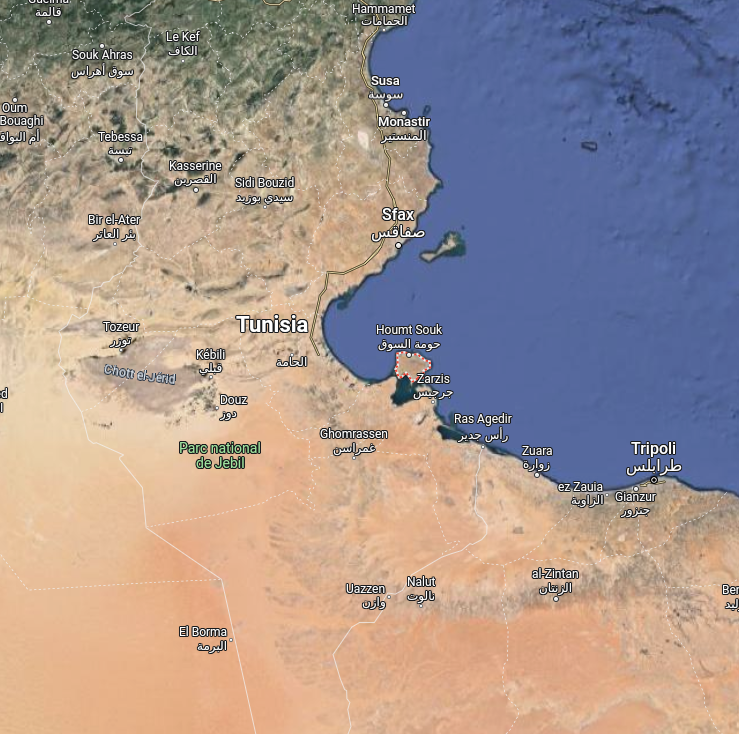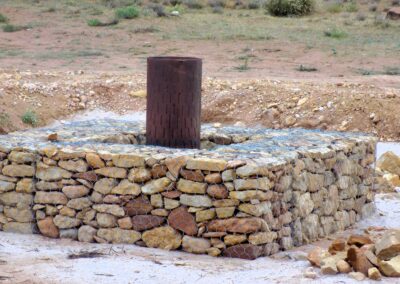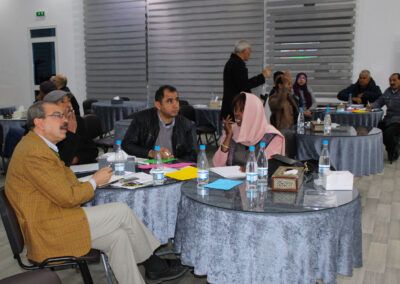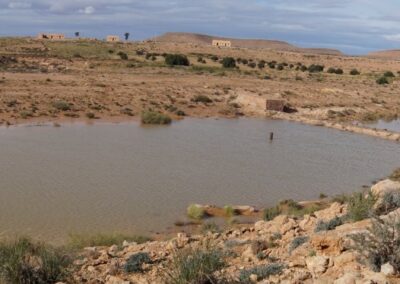Tunisia
Technologies and Practical solutions developed here
Management of aquifer recharge systems
Leader
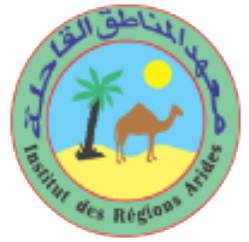
Institut des Régions Arides
Profile
Coordinates: 33.396° N; 10.328° E
Size: about 2300 km²
Mean annual temperature: 20.3 °C
Annual precipitation:100-200 mm
Mean annual ETo:1500 mm
Aridity index: 0.10
Local population: 100,000
Main land uses, crops and animals:
olives; rangelands, figs, cereals; goat,
sheep
The Living Lab
The Tunisian Living Lab, located in Médenine's Triassic aquifer region, focuses on enhancing groundwater recharge and sustainable water management to combat land degradation and desertification. Central to its approach are Managed Aquifer Recharge (MAR) systems and innovative Water Harvesting Techniques (WHT), particularly recharge wells.
read more close
Through extensive stakeholder participation—including women and youth—the lab integrates local knowledge and scientific expertise to develop practical solutions. Activities have involved geophysical surveys, data collection, improved recharge infrastructure, and co-designed management plans. Advanced modeling tools (SWAT-MODFLOW and WEAP models) assess and optimize aquifer recharge processes. The lab has significantly increased infiltration rates, improved water quality, and enhanced irrigation efficiency. It effectively utilized resources, involving local farmers in adopting sustainable practices and combating soil erosion. This inclusive approach has created new economic opportunities, notably in agricultural digitalization and water-saving technologies. Monitoring and evaluation highlight increased stakeholder engagement and successful integration of innovative solutions, fostering resilience and adaptive capacity in water management. Continuous collaborative efforts ensure knowledge exchange, improved governance, and sustained ecosystem health. Future activities include expanding youth and women-led participation, further monitoring of environmental, social, and economic impacts, and enhancing capacity-building programs. The Tunisian Living Lab demonstrates an effective model for participatory water governance, integrating technology, local community insights, and scientific innovation to sustainably manage water resources, boost economic opportunities, and ensure long-term ecosystem resilience.
Last News from the Living Lab
This section aims to foster dialogue and exchange of information among key Living Lab stakeholders, continuously updating all participants on progress and news about activities carried out.
No Results Found
The page you requested could not be found. Try refining your search, or use the navigation above to locate the post.
Stakeholders
The Living Lab is based on the collaboration of different stakeholders, each of whom brings useful skills and resources to address the area’s challenges in an integrated way. Their active participation enables the development of effective and shared solutions. This section presents the main stakeholders and their contributions to the project.
Would you like to be added among the stakeholders?
Sign up and we will add you.
Technologies and Practical solutions developed in this Living Lab

Management of aquifer recharge systems
Use Case Contact
Mongi Ben Zaied
benzaied.mongi@gmail.com
Zenodo References
Stakeholders Signup
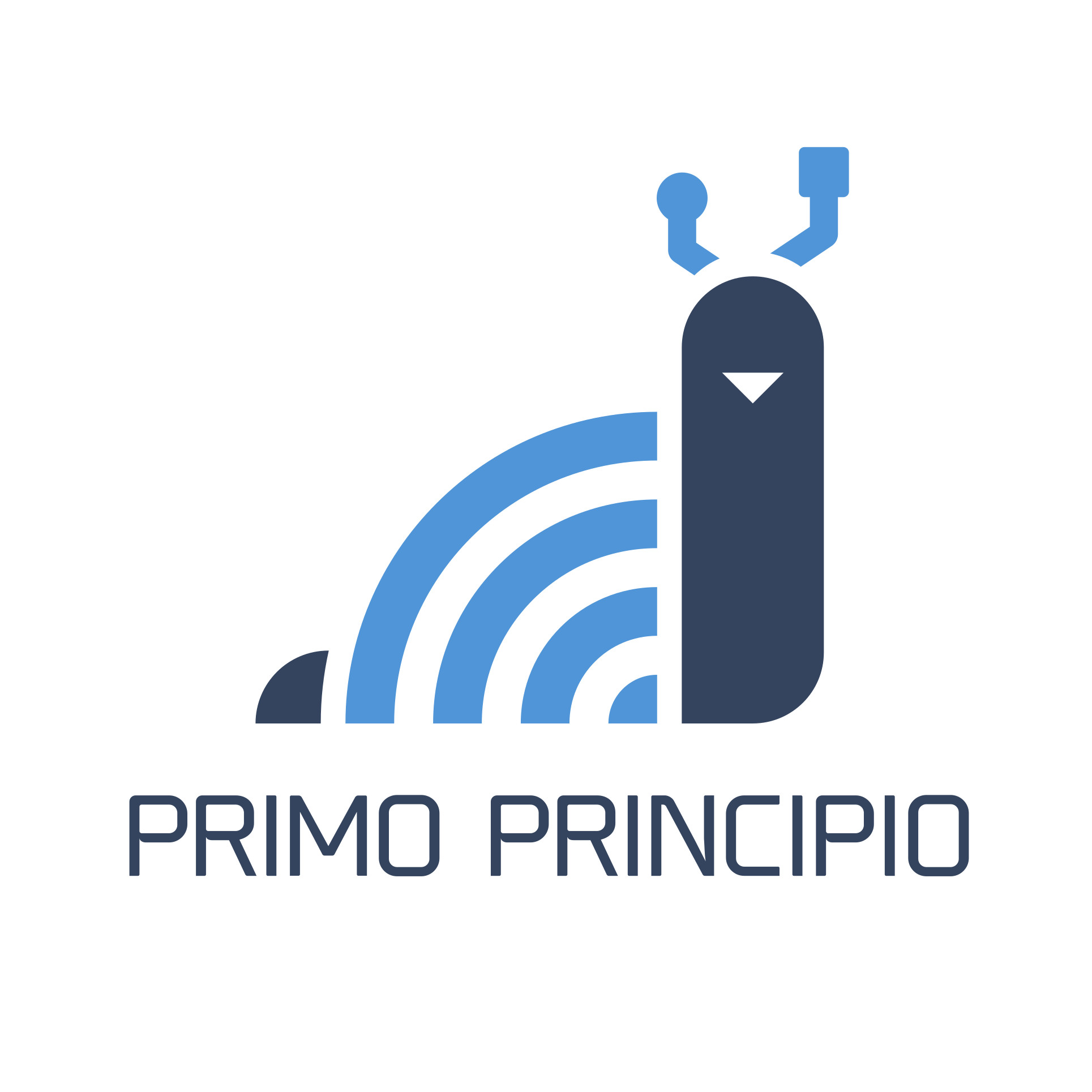
Primo Principio S.c.a.r.l.
Primo Principio is an Italian SME with 10 years of experience in industrial research and development of software solutions, data analytics, predictive modeling applied to the world of agronomy, plant phytopathology and simulation of complex biological phenomena. It has developed its own technological solution (www.wiforagri.com ) which it markets as Saas (Software as a Service).
It currently works in Italy, Slovenia and Greece and actively and continuously participates in regional, national and European research, development and innovation projects in its field. Thanks to this strong inclination towards research and continuous innovation, it has been able to integrate highly verticalized technologies and skills in the design and implementation of DSS for agricultural support, it has been a supplier to regional agencies for agricultural development in Sardinia, Friuli Venezia Giulia and Lazio and provides its technologies and consultancy to producer associations, agronomic studies (as well as small and large agricultural companies).
It has a multidisciplinary team that knows how to combine engineering, software development and data analysis skills with agronomic, biological and bioinformatics profiles.

Abinsula S.r.l.
Founded in 2012, Abinsula is one of the main Italian players in the field of embedded, web and mobile solutions. Its core business is represented by the automotive sector, a domain in which – thanks to a very high specialization – it has managed to position itself as a supplier of innovative ICT solutions at a global level. The company’s rapid growth has been supported by the development of ABILITY, a Linux distribution for embedded systems, which over time has found application in various fields, as well as being a central product in the automotive solutions domain.
For several years, the automotive sector has been accompanied by the development of solutions applied to the agritech and healthcare sectors. Abinsula also offers extensive experience in common embedded technologies, such as wired and wireless communication technologies, mobile applications for Android, iOS and other smart devices and the development of IoT platforms. Abinsula’s success is based on continuous research and development, inspired by the desire to introduce innovative solutions to the market that can provide answers to current or future problems and needs.

